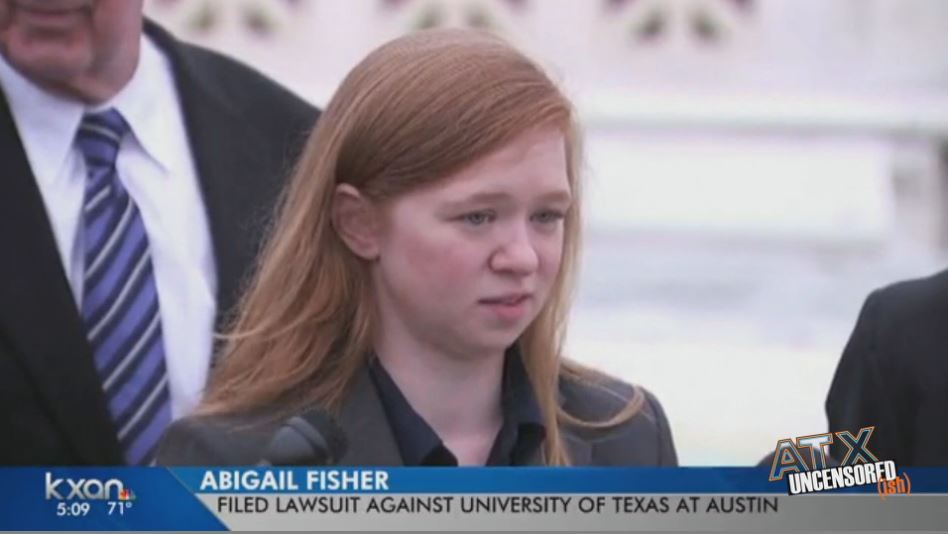Affirmative action: It’s one of those issues that surfaces infrequently but stirs a lot of heated debate when it does. Depending on who you ask, it’s either a wonderful thing that continues to help minorities today, something that was good once but has served its purpose, or something that hurts the people that it was intended to help. But what does affirmative action mean? Where did it come from? And most importantly, why are people so passionate about it?
What is affirmative action?
Affirmative action is a policy that takes its name from John F. Kennedy’s Executive Order 10925, which established the President’s Committee on Equal Employment Opportunity. (Executive orders are legally binding policies established by the President. Though they have the same weight as laws passed by Congress, they don’t need to be approved by Congress before they take effect.) Affirmative action attempts to favor those groups that have long suffered from discrimination.
Why was it put in place?
According to the Equal Employment Opportunity Commission, the order aimed to “the elimination of illegal discrimination from the workplace” based on “race, creed, color, national origin.” Affirmative action initiatives have been applied in both the workplace and college admissions. It intends to give an advantage to those who might not have the resources that others do.
The U.S. Supreme Court just ruled on this. Why does it matter?
Abigail Fisher, a white student, claimed that college admissions shouldn’t consider race, only merit. They say that affirmative action policies hurt certain races, like whites and Asian-Americans, and doesn’t always help the people that it’s supposed to. Supporters of affirmative action say that the policy increases diversity and gives opportunities to those who might not otherwise have them.
And who exactly is Abigail Fisher?
According to the Supreme Court’s ruling, “Petitioner Abigail Fisher, who was not in the top 10% of her high school class, was denied admission to the University’s 2008 freshman class. She filed suit, alleging that the University’s consideration of race as part of its holistic-review process disadvantaged her and other Caucasian applicants.” Though the university said that she wasn’t a competitive applicant, Fisher claimed that students of color with lower grades and test scores were admitted instead of her.
Why is the Supreme Court involved?
Fisher sued the University of Texas at Austin. The case went all the way to the U.S. Supreme Court, where on June 23 the justices ruled in favor of the University of Texas four to three. In the end, the Court voted that the University of Texas at Austin’s policy of factoring race in admissions decisions is constitutional.
It was a win for affirmative action supporters, as Justice Kennedy, in the Court’s opinion, wrote: “Consideration of race is contextual and does not operate as a mechanical plus factor for underrepresented minorities,” unlike many people think. On the other hand, he also noted that “formalistic racial classifications may sometimes fail to capture diversity in all of its dimensions and, when used in a divisive manner, could undermine the educational benefits the University values.” This statement shows that even the country’s highest court is still unsure about affirmative action. Will the Supreme Court ultimately deny minorities affirmative action? Only time will tell.
Arlena McClenton is a rising sophomore at Barnard College. She loves writing, reading and searching for the perfect cup of tea. Say hi on Twitter @lenamcclenton.




